Changes in TVL Among Leading DeFi Protocols

TL;DR
- TVL is a core DeFi metric that signals liquidity flows and market strength.
- Ethereum leads with $92B locked, but Solana, BNB Chain, and Layer 2s are rising fast.
- Key protocols like Aave, Lido, MakerDAO, and Curve drive sentiment and trading signals.
- Shifts in TVL often foreshadow bullish or bearish activity in MEXC markets.
- Crypto wallet activity acts as an early indicator of new opportunities in DeFi.

1.Why TVL Is a Core Metric for DeFi Traders
For readers new to the concept, MEXC Learn offers clear guides on DeFi fundamentals, including how TVL shapes liquidity flows and market sentiment.”
Ethereum’s Anchor Role and the Rise of Multichain TVL

2.The Numbers Behind Today’s TVL
3.Protocols That Shape the TVL Landscape
Lending and Borrowing
Decentralized Exchanges

Stablecoin Protocols
Liquid Staking

Restaking and Emerging Protocols
4.Why Traders on MEXC Should Track TVL

A Signal for Token Listings and Market Momentum
Key Takeaways for MEXC Traders
- TVL growth often signals token demand and liquidity about to rise.
- Ethereum dominates overall, but Solana, BNB Chain, and Layer 2s are closing the gap.
- Protocols like Aave, Lido, and MakerDAO remain critical to DeFi stability.
- Cross-chain liquidity shifts create new momentum, moving trading pairs into focus.
- Crypto wallet activity is an early indicator, showing where capital flows next.
5.TVL Cycles and Trading Opportunities
Bridging On-Chain Activity to Exchange Volumes
Cross-Chain Liquidity Competition and MEXC Markets
- BNB Chain TVL spikes often lift BNB and PancakeSwap pairs.
- Avalanche inflows can create volume surges in AVAX and ecosystem tokens.
- Solana rebounds in TVL translates to volatility in SOL and SPL assets.
- Arbitrum and Optimism growth strengthen ETH-linked activity, boosting derivative demand.
6.The Role of the Crypto Wallet in Monitoring TVL
TVL as a Market Sentiment Indicator
- Rising TVL → stronger confidence, capital inflows, potential bullish spillover into exchange volumes.
- Falling TVL → retreat to safety, weaker trading activity, possible corrections.
- Rotating TVL → new narratives, emerging ecosystems, and fresh trading pairs are gaining traction.
Disclaimer:This article was written by Deborah Martin. All rights reserved.
This information does not provide advice on investment, taxation, legal, financial, accounting, or any other related services, nor does it constitute advice to purchase, sell, or hold any assets. MEXC Learn provides information for reference purposes only and does not constitute investment advice. Please ensure you fully understand the risks involved and exercise caution when investing. The platform is not responsible for users' investment decisions.
Popular Articles

How High Will Ethereum Go? Price Predictions for 2026-2030
Ethereum has evolved from an experimental blockchain into the backbone of decentralized finance, NFTs, and smart contracts. With ETH trading around $2,900 in December 2025, investors are asking: how h

MEXC Pre-Market Trading Guide: How to Trade Tokens Before Listing & FAQ
1. What Is Pre-Market Trading?Pre-Market Trading is an over-the-counter (OTC) service offered by MEXC. It gives traders the opportunity to buy and sell new tokens before they are officially listed on

How to Buy Ethereum (ETH) - Step-by-Step Guide for Beginners
Ethereum stands as the second-largest cryptocurrency by market capitalization, powering everything from decentralized finance platforms to NFT marketplaces.This guide breaks down how to buy Ethereum s

How to Apply for the MEXC × ether.fi Credit Card
MEXC is pleased to partner with ether.fi to launch the enhanced MEXC × ether.fi Credit Card, offering upgraded cashback rewards that go beyond the standard ether.fi Card.Spend globally with Apple Pay
Hot Crypto Updates
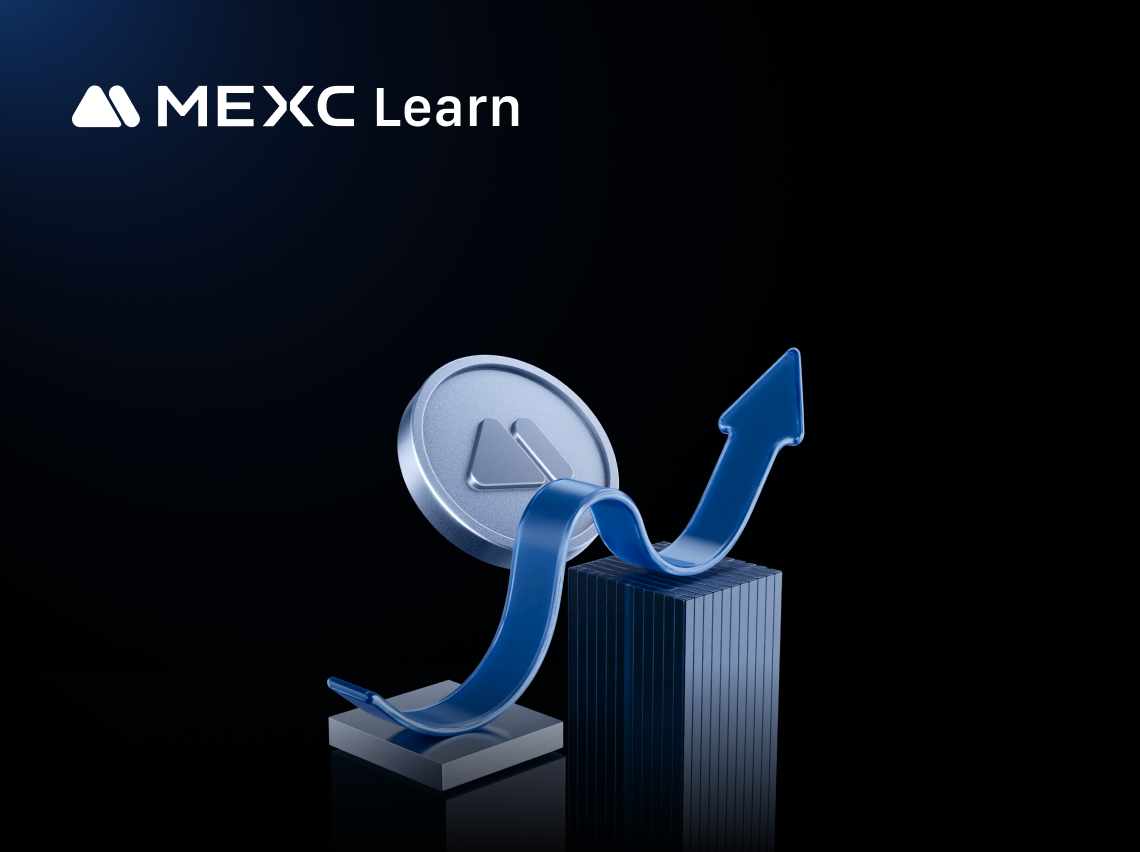
Snowball (SNOWBALL) Price Targets
Introduction to SNOWBALL Price TargetsCryptocurrency traders often rely on price targets for Snowball (SNOWBALL) to plan their trading strategies and gauge market sentiment. SNOWBALL price targets pro
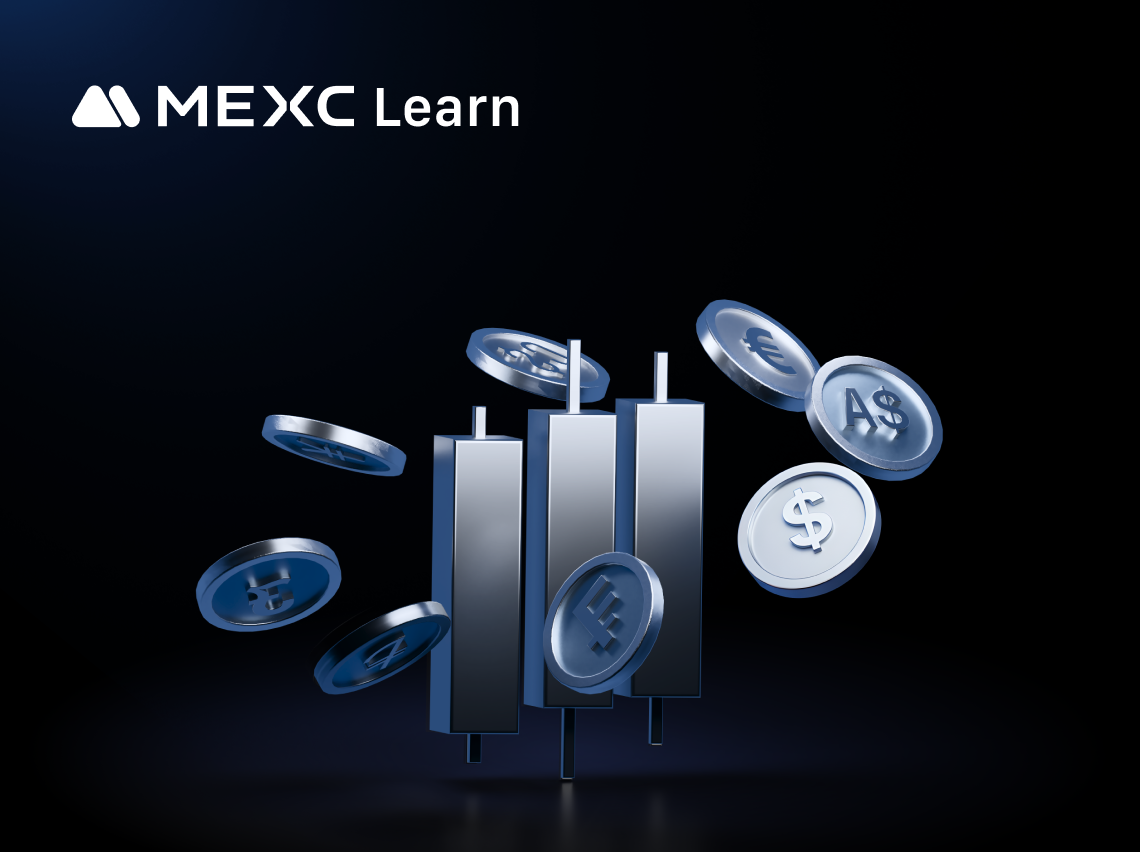
Snowball (SNOWBALL) Price Chart: Live Data & Technical Analysis
The live Snowball (SNOWBALL) price chart provides a dynamic view of market action, showing how traders and investors are positioning in real time. By studying cryptocurrency price charts, you can iden
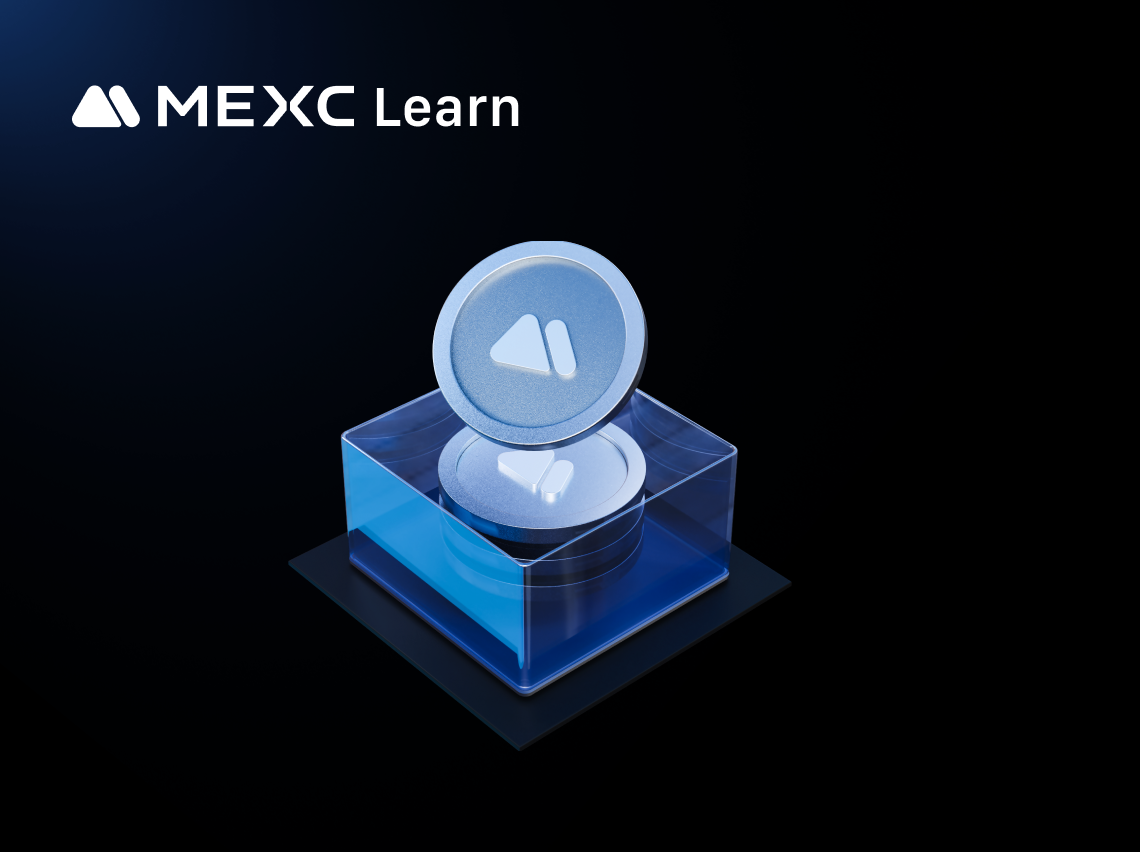
Snowball (SNOWBALL) vs Ethereum (ETH) Price
The Snowball (SNOWBALL) price compared with the Ethereum (ETH) price offers a valuable perspective for crypto traders and investors seeking to understand digital asset dynamics. Since ETH is the secon
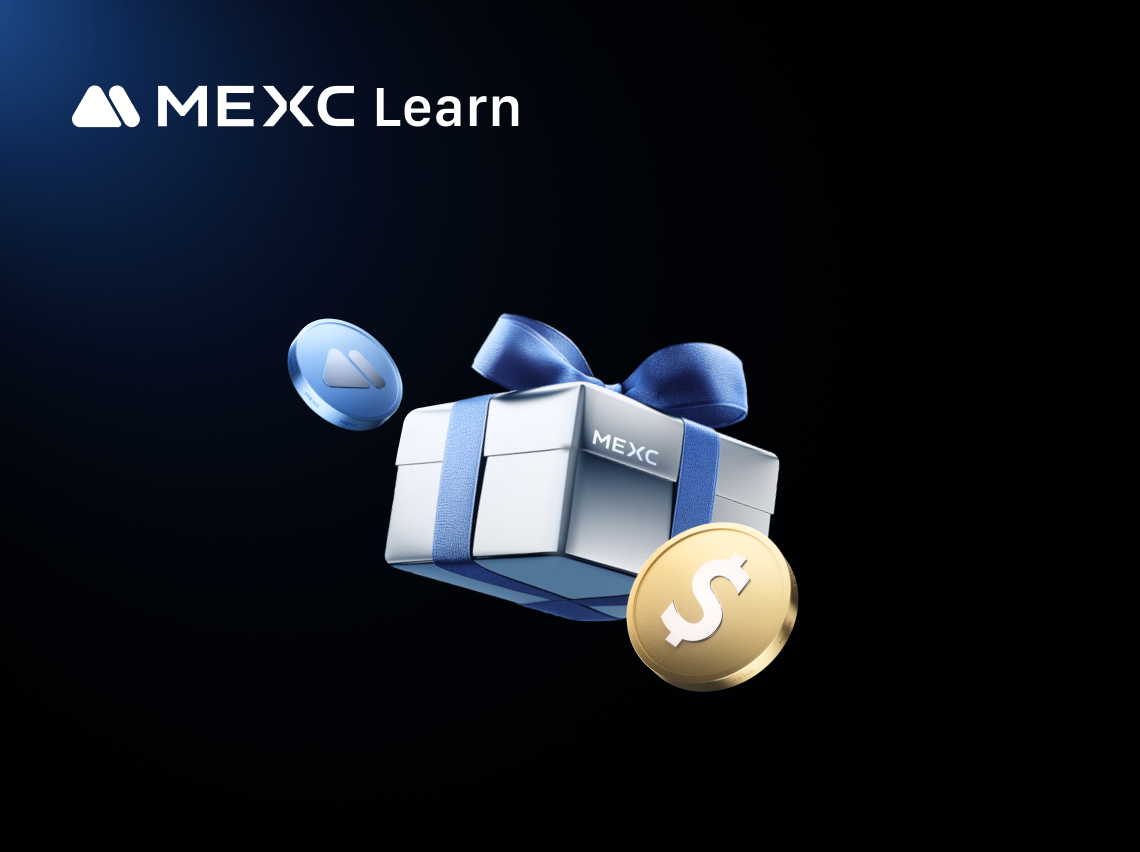
Snowball (SNOWBALL) Long-Term Price Prediction
Introduction to Snowball Long-Term Price PredictionWhen it comes to crypto investments, long-term outlooks often provide deeper insight than short-term speculation. Long-term price predictions for Sno
Trending News
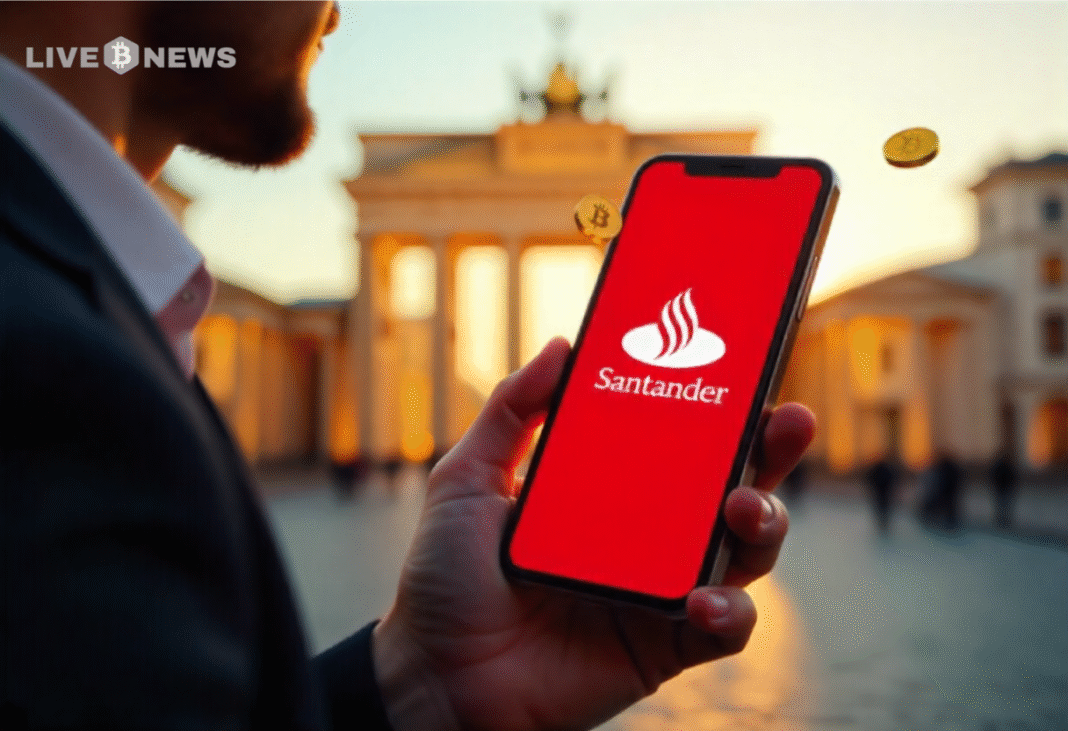
Santander’s Openbank Sparks Crypto Frenzy in Germany
In Germany, the digital bank Santander Openbank introduces trading in crypto, which offers BTC, ETH, LTC, POL, and ADA in the MiCA framework of the EU. Santander, the largest bank in Spain, has offici

Gold continues to hit new highs. How to invest in gold in the crypto market?
As Bitcoin encounters a "value winter", real-world gold is recasting the iron curtain of value on the blockchain.

Tecno Spark 40 review: TDV certification, price and full specs
The Tecno Spark 40 is the latest addition to Tecno’s Spark lineup, a lineup tailored for buyers who want budget-friendly smartphones with a long battery life, a

The First Security Bank Has Agreed to Acquire Conway Bank
OVERBROOK, Kan. and CONWAY SPRINGS, Kan., Dec. 22, 2025 /PRNewswire/ — Overbrook Bankshares, Inc., the holding company of The First Security Bank, and Norcon Financial
Related Articles

How High Will Ethereum Go? Price Predictions for 2026-2030
Ethereum has evolved from an experimental blockchain into the backbone of decentralized finance, NFTs, and smart contracts. With ETH trading around $2,900 in December 2025, investors are asking: how h

MEXC Pre-Market Trading Guide: How to Trade Tokens Before Listing & FAQ
1. What Is Pre-Market Trading?Pre-Market Trading is an over-the-counter (OTC) service offered by MEXC. It gives traders the opportunity to buy and sell new tokens before they are officially listed on

How to Buy Ethereum (ETH) - Step-by-Step Guide for Beginners
Ethereum stands as the second-largest cryptocurrency by market capitalization, powering everything from decentralized finance platforms to NFT marketplaces.This guide breaks down how to buy Ethereum s

How to Apply for the MEXC × ether.fi Credit Card
MEXC is pleased to partner with ether.fi to launch the enhanced MEXC × ether.fi Credit Card, offering upgraded cashback rewards that go beyond the standard ether.fi Card.Spend globally with Apple Pay
